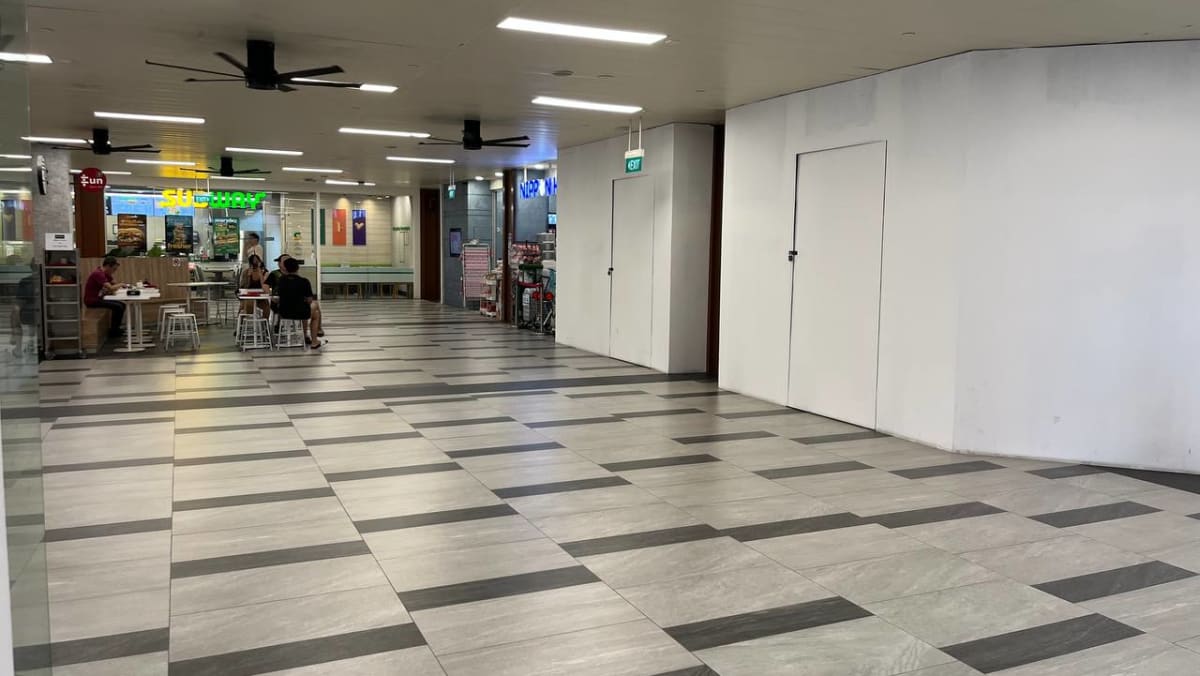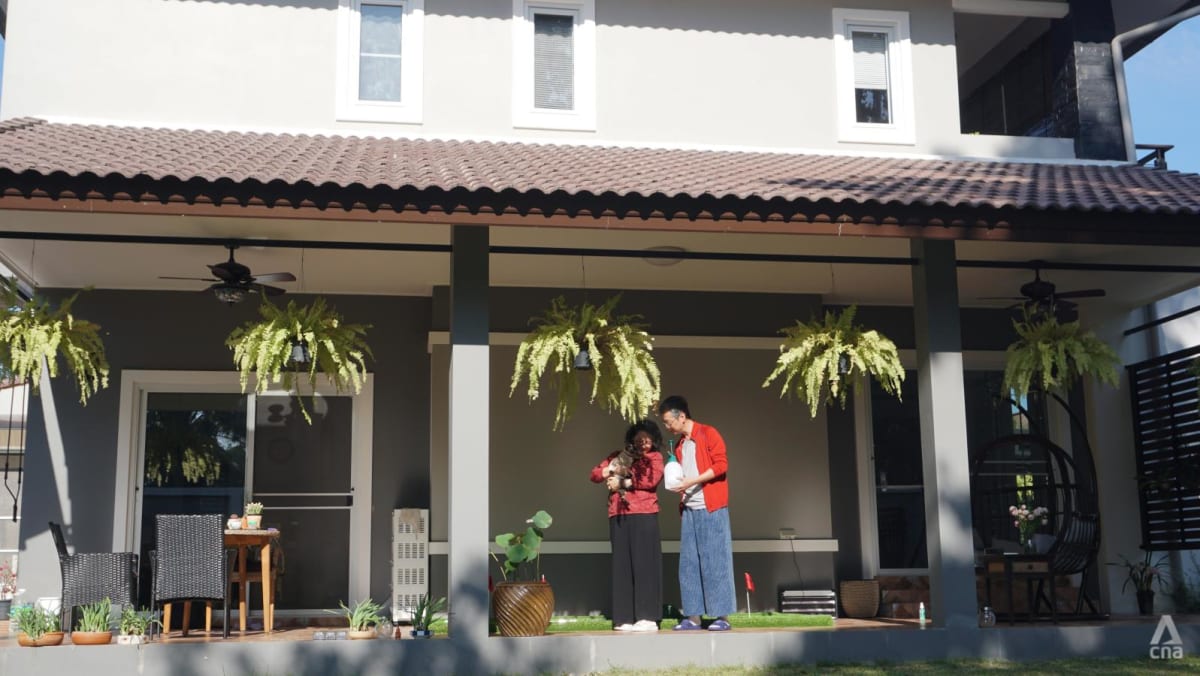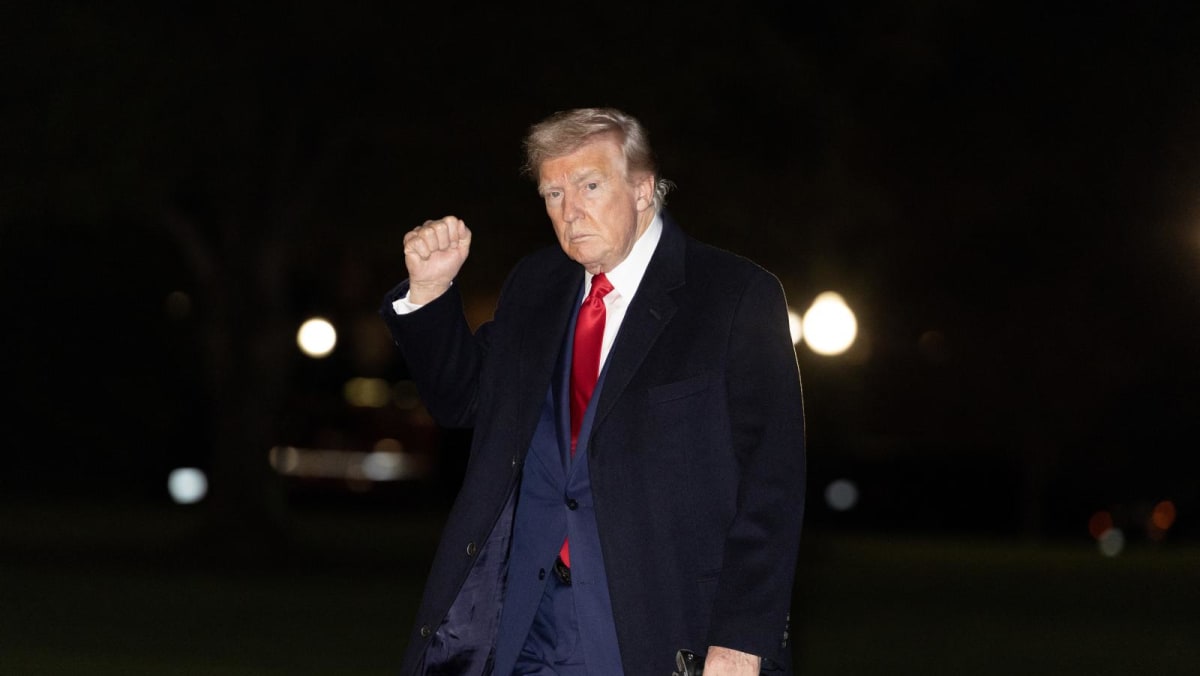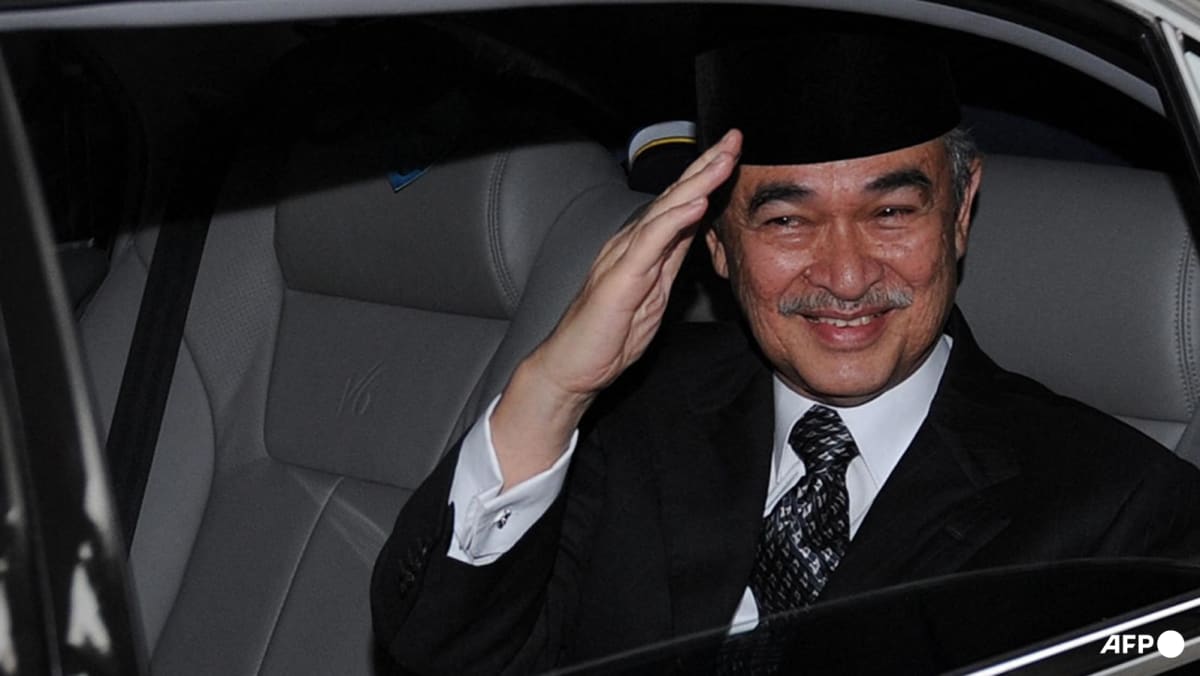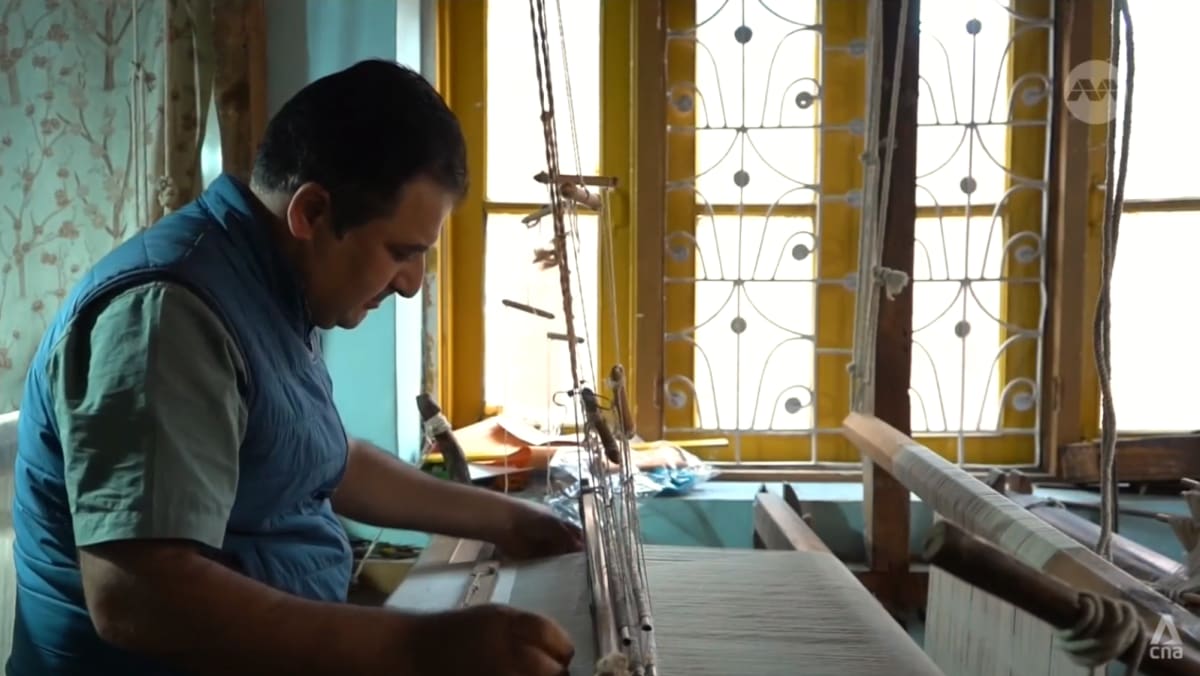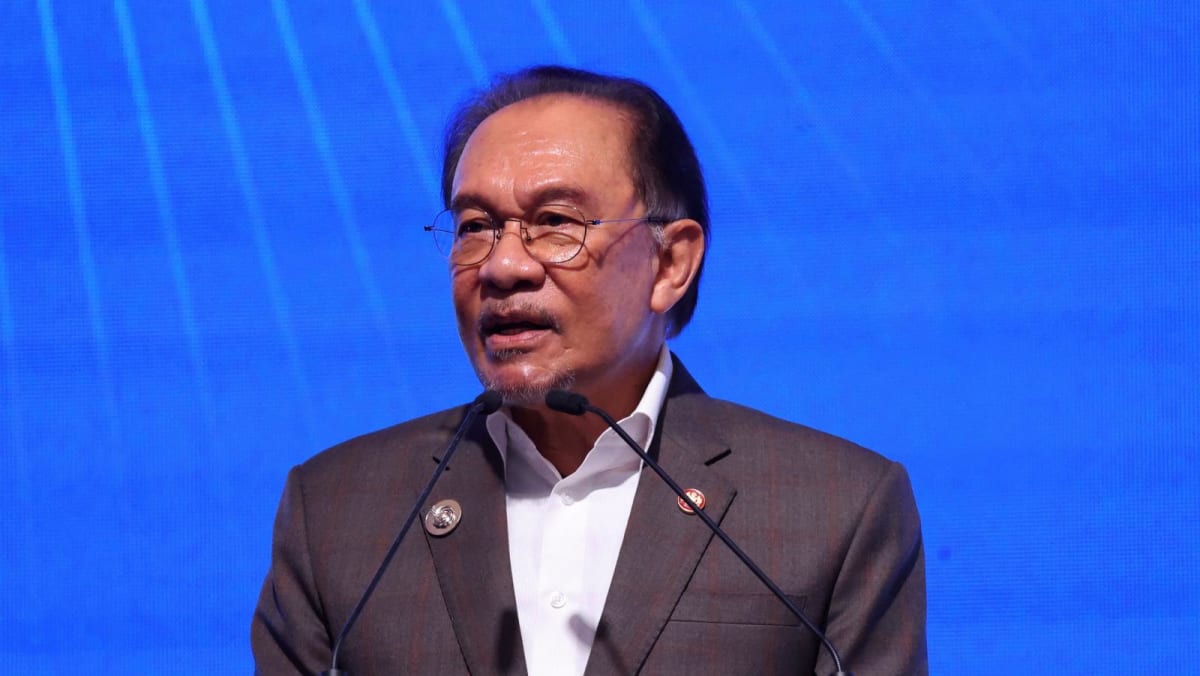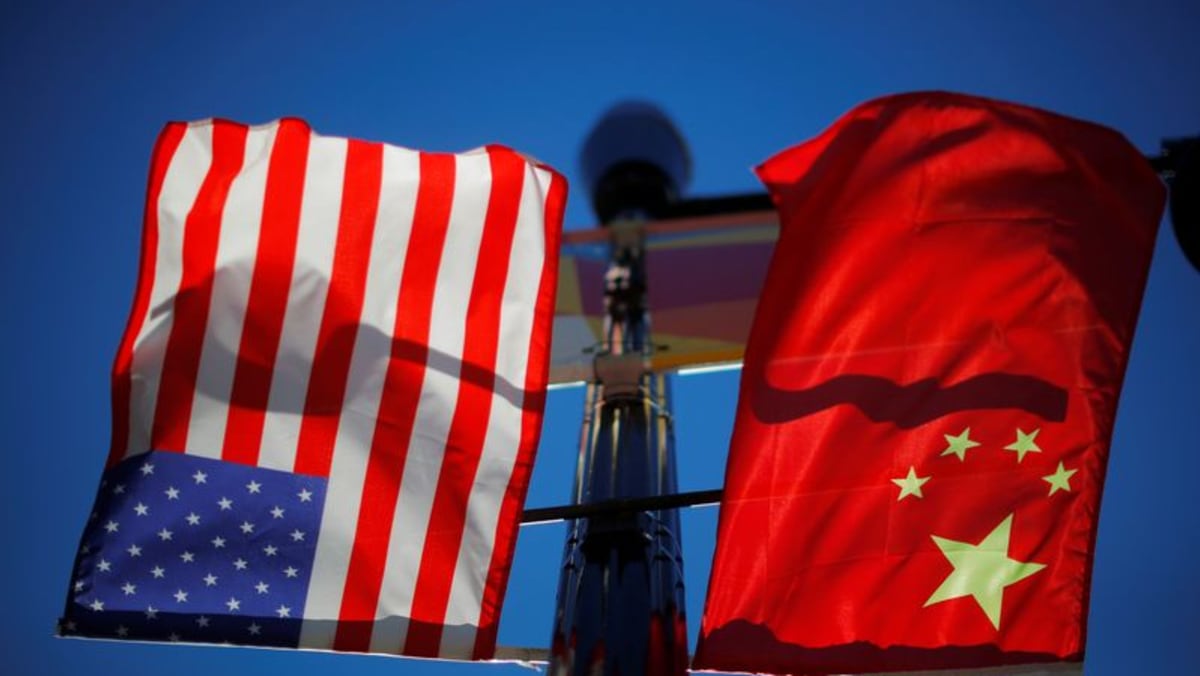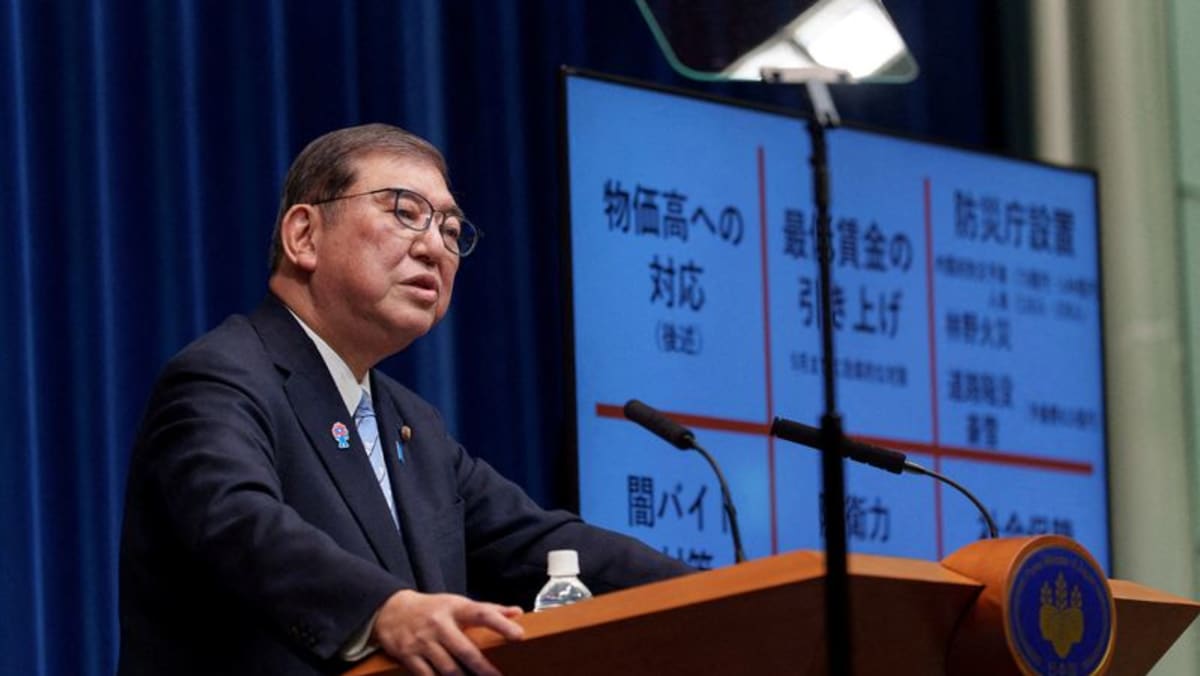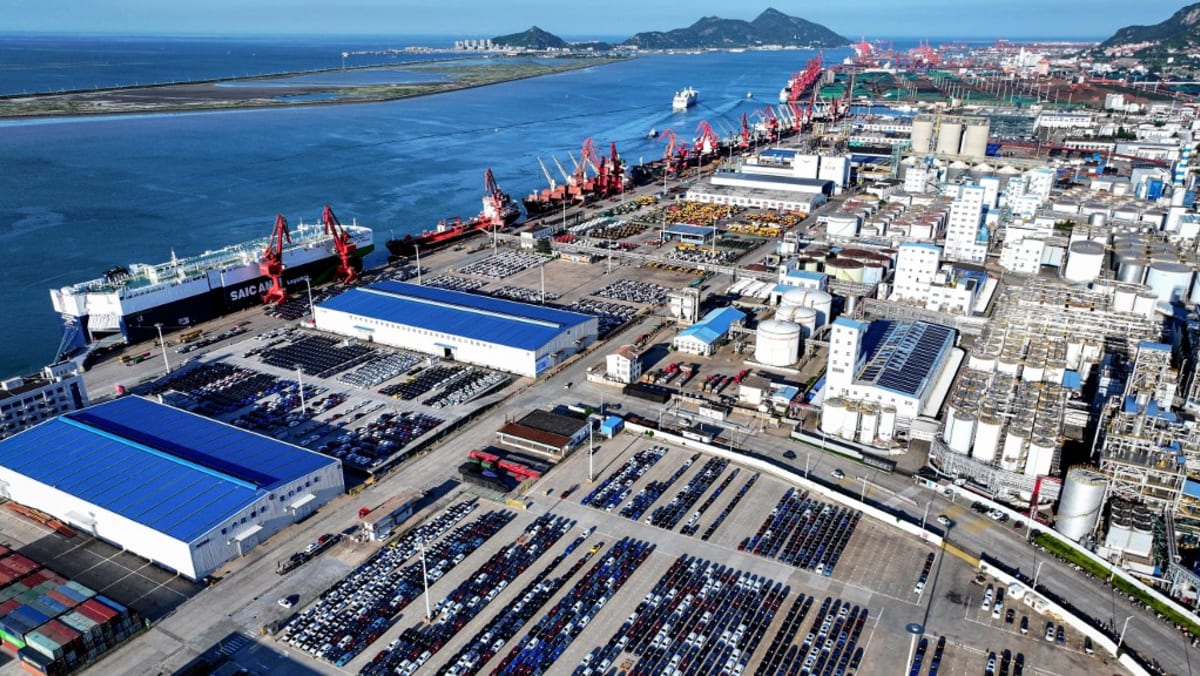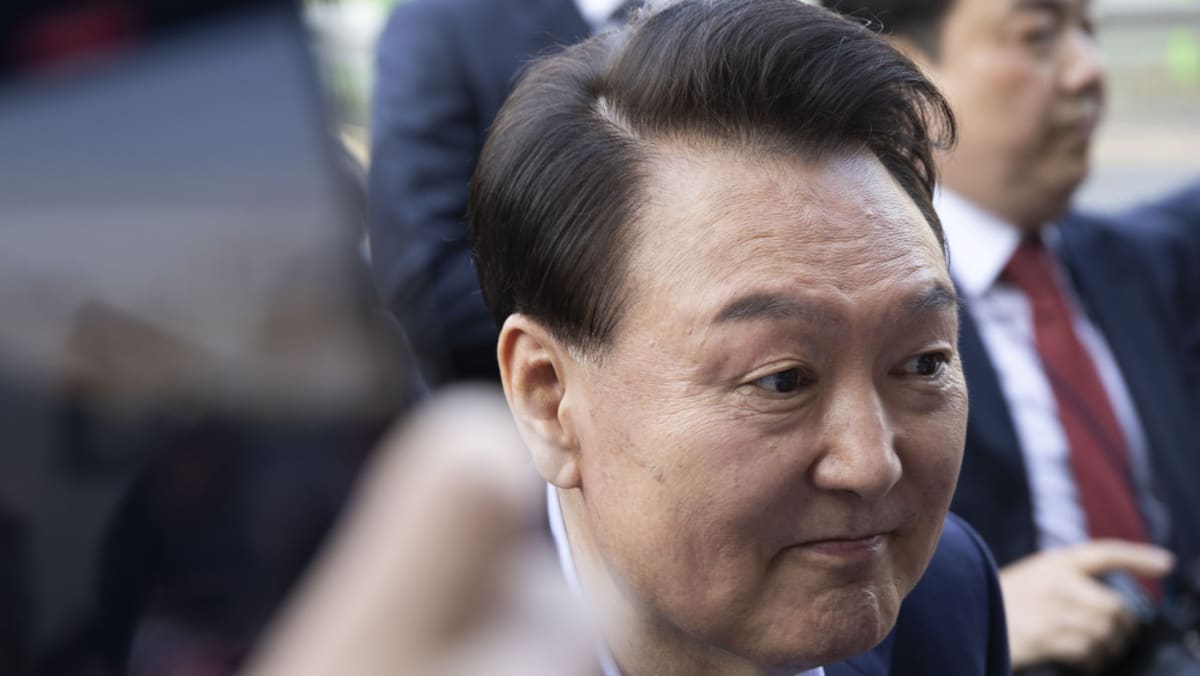JINHUA: On a sweltering spring day, workers at a Christmas tree factory in eastern China rhythmically assembled piles of branches, wiping away sweat as they daubed white-paint snow onto plastic pine needles.
Like countless other companies in the manufacturing powerhouse of Zhejiang province, its products are geared largely towards export – a sector freshly menaced by Donald Trump’s roiling of the global economy and increasingly brutal China tariffs.
On Tuesday, the US president raised levies on Chinese goods to 104 per cent, before increasing them to 125 percent the next day, later clarifying the cumulative figure at 145 per cent.
“At the beginning, there was some pessimism in the industry,” Jessica Guo, the factory head, told AFP.
“But in the last two days, we are more united, that is, we feel we cannot be bullied like this. We are willing to get through this difficult phase with the country.”
The Chinese government is in fighting mode too, on Friday increasing its own retaliatory duties to 125 per cent.
The tit-for-tat could reduce US-China trade in goods by 80 per cent, the World Trade Organization said this week.
The effects are already being seen on Guo’s unseasonal winter wonderland of a factory floor.
There are no US orders currently on the production line – they have been suspended or remain unconfirmed.
Other local Christmas tree makers have also been hit, she said, but not as badly as in southern Guangdong province, where some factories’ production can be completely taken up by one large US client.
Zhejiang factory owners tend to have a broader, more recently developed client base, according to Guo.
“Really, over the past few years … we have hardly come across any American customers,” she said as she strode past walls of stacked boxes stamped with addresses in Guatemala and Chile.
“We have already slowly broken away from our dependence on the US market, and started to develop other markets.”
